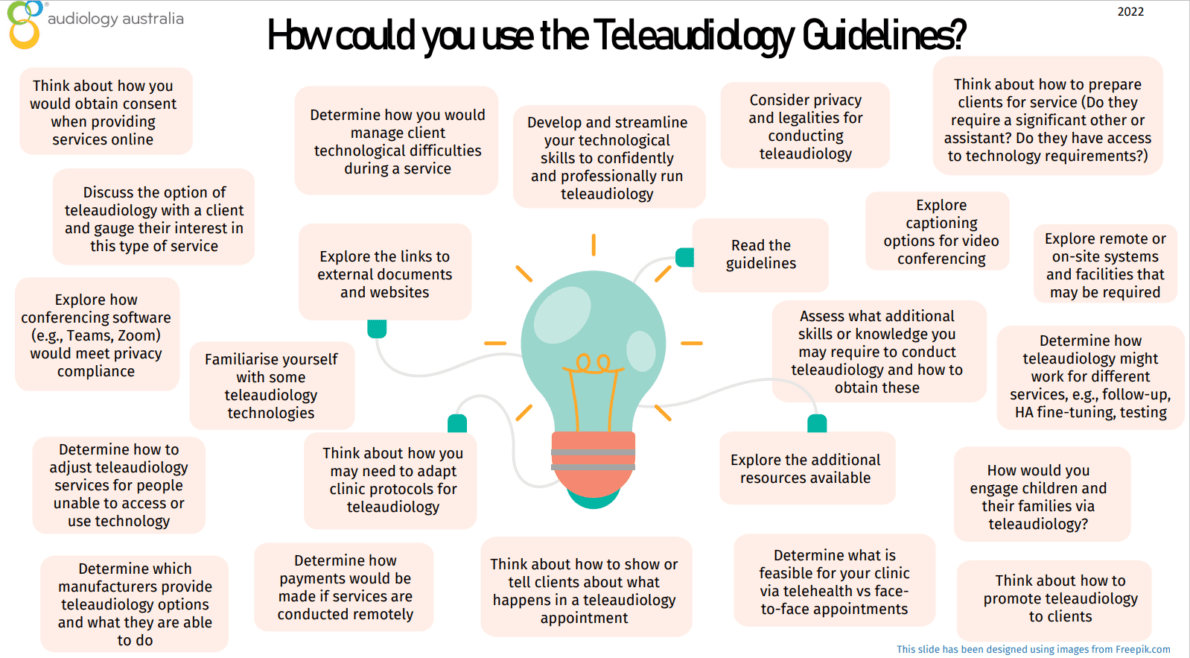
New guidelines help make you more comfortable providing teleaudiology
Adapting your routine workflow to include remote care might feel daunting. Recently published guidelines assist you in making important choices, so you are less stressed and more successful.
The pandemic taught us that in-person care is not always possible.
Whether it was offering real-time video support or adjusting hearing aids via an app, most of us attempted to deliver audiological care remotely during the COVID lockdowns.1
However, even though the use of teleaudiology almost doubled during this time, for many, it was stressful and not always successful.
If this was your experience, I would like to encourage you not to let past negative experiences put you off from introducing remote care into your routine workflow. It may seem daunting, but it’s good to remember that it does not have to be all or nothing. And new tools are regularly being introduced to make this service delivery less stressful and more successful.
New guidelines encourage continued use
In 2020, the Australian Government commissioned Audiology Australia to develop a voluntary framework for the safe and effective delivery of teleaudiology services.
This project included the development of guidelines to assist hearing health professionals in making key decisions about client care and services, and support consumer access to quality hearing services.
When I was invited to lead the working group to create these guidelines, I was delighted. Our diverse working group included nine representatives from all parts of the hearing industry, including researchers, clinical audiologists, consumers and providers.
The 28-page document is organized in three sections:
1. General Considerations (e.g., benefits and risks of teleaudiology)
2. Practice Operations Guidance (e.g., preparing for service)
3. Clinical Guidance (e.g., considerations for delivering teleaudiology)
I would like to thank all the contributors for the work they put into this project. It is our hope that this publication will encourage continued use of telehealth options alongside in-person care.
The newly published document can be found here.
Be sure to check out the Suggested Resources link on the website. It provides a one-stop-shop for all your teleaudiology links and resources, including further information on privacy, cyber-security and informed consent, as well as links to training materials for clinicians, managers and administration staff.
Also, take a look at the For Consumers section for co-designed infographics and explainer videos ready for you to rebrand and use in your own clinical practice.

Reference
1. Eikelboom RH, Bennett RJ, Manchaiah V, et al. International Survey of Audiologists during the COVID-19 pandemic: Use of and attitudes to telehealth. International Journal Audiology. 2021:1-11.
